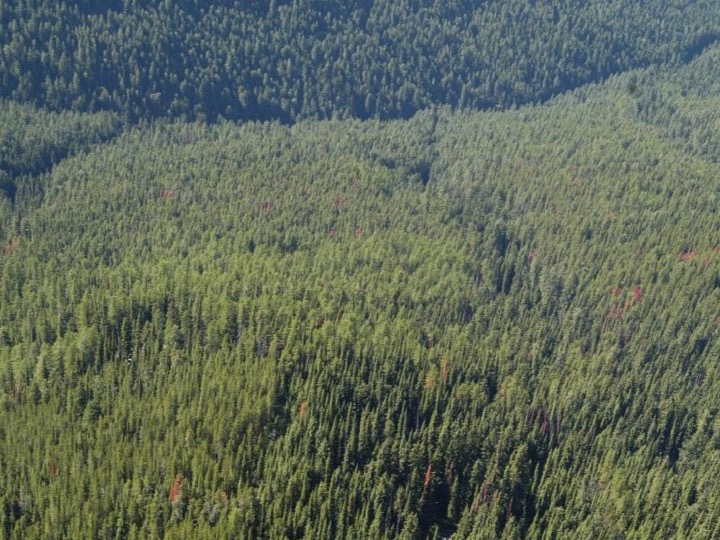New scenarios shed light on the role of CO2 removal

Carbon dioxide removal (CDR) is emerging as one strategy to limit global warming, particularly for achieving more ambitious goals of limiting to 1.5°C.
With this in mind, the new policy brief from the EU-funded RESCUE project sheds light on the potential for novel CDR methods, with or without overshoot of targets. This valuable resource provides insights for policymakers to understand the timing, scale, and implications of different methods and scenarios with regard to climate impacts and risks.
Key highlights
- CDR as a complement to emissions reductions: While CDR is essential for meeting climate targets, the largest contribution to reducing emissions comes from cutting fossil fuel use and halting deforestation. These measures must remain the cornerstone of climate mitigation strategies.
- Overshoot scenarios and their implications: Limiting warming to 1.5°C requires an early ramp-up of CDR deployment. In contrast, high overshoot scenarios demand significantly more CDR later in the century to bring temperatures back down, posing sustainability and feasibility challenges. High overshoot pathways also carry greater risks for ecosystems and human systems.
- Diverse portfolios of CDR options: RESCUE is examining four key methods—afforestation/reforestation, bioenergy with carbon capture and storage (BECCS), direct air carbon capture and storage (DACCS), and ocean alkalinity enhancement, each with pros, cons and other considerations. Conventional methods like afforestation dominate near-term efforts, while novel approaches such as DACCS and ocean alkalinity enhancement are expected to scale up mid-century and beyond. However, scenarios vary depending on the overshoot.
- Policy alignment: Current national climate plans often rely heavily on land-based solutions like afforestation but lack commitments to scale up novel CDR methods. The brief emphasises the need for more ambitious targets in countries’ Nationally Determined Contributions (NDCs) by 2030 and 2035, along with sector-specific plans that separate land-based and other CDR approaches.
This policy brief underscores the importance of integrating carbon dioxide removal into broader climate strategies while prioritising emissions reductions from fossil fuels and deforestation. It provides a roadmap for policymakers looking to understand the potential of CDR technologies, and provides valuable insights into their feasibility and implications.
Download the policy brief to learn more.
The RESCUE (Response of the Earth System to overshoot, Climate neUtrality and negative Emissions) project is investigating the potential role of land- and ocean-based CDR methods in future climate mitigation scenarios in response to the urgent need for reliable science-based recommendations to inform climate policy.
–
Disclaimer
Created with funding from the European Union. Views and opinions expressed are however those of the author(s) only and do not necessarily reflect those of the European Union or the granting authority. Neither the European Union nor the granting authority can be held responsible for them.
The information and documentation in this section are published with permission from their respective sources. While the MAIA Project strives to ensure the accuracy and completeness of the content, we make no guarantees or warranties of any kind, express or implied, about the validity, reliability, or accuracy of the information. The original sources are solely responsible for the content they provide. We disclaim any liability for any errors, omissions, or inaccuracies in the information and for any actions taken in reliance on the information contained on this website.

Comments
There is no content